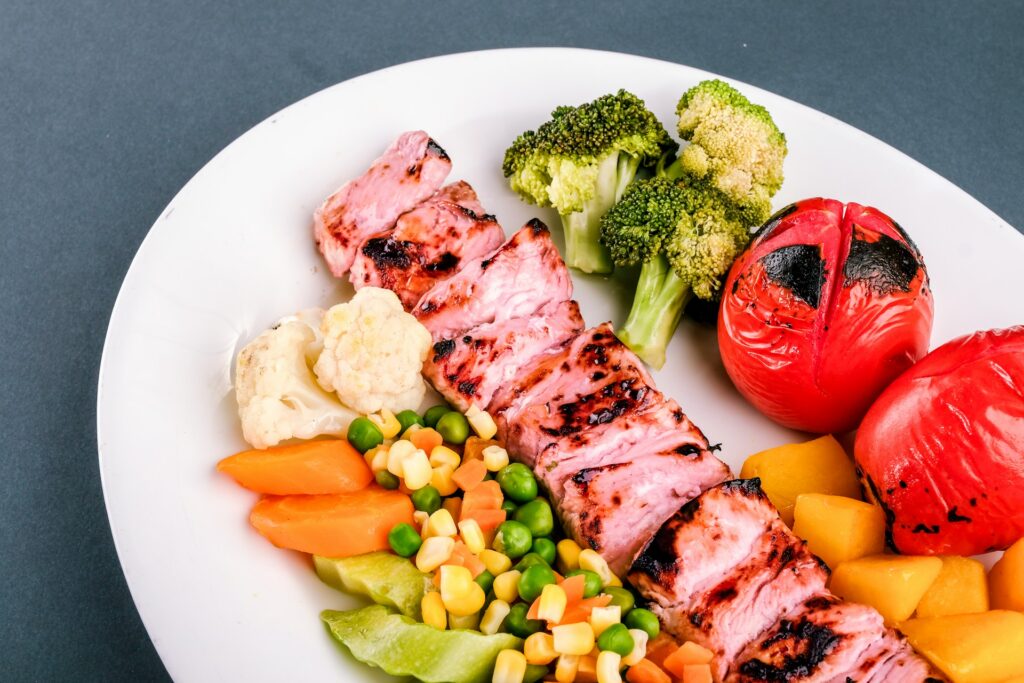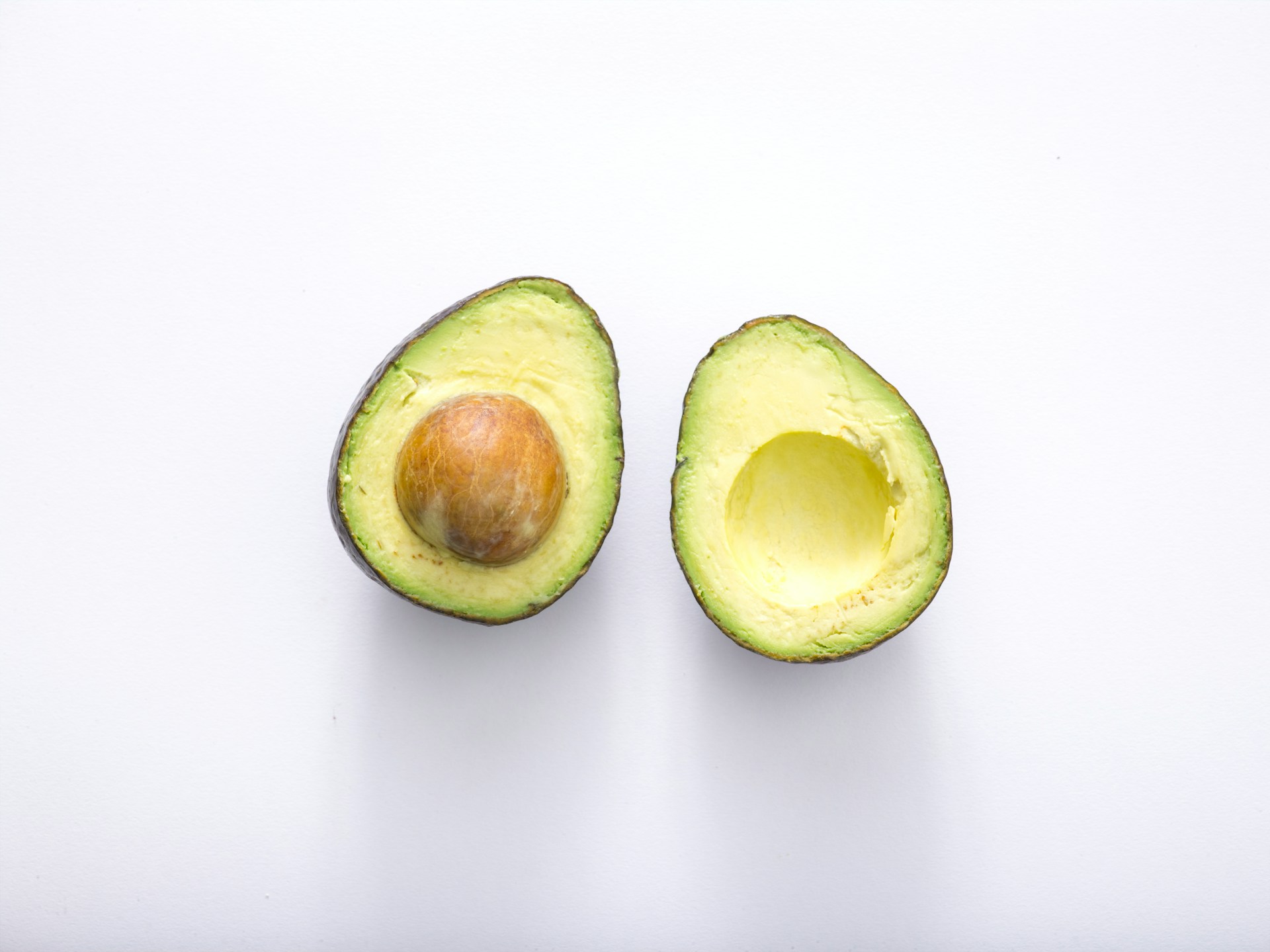Introduction
Cholesterol, often vilified in the context of cardiovascular health, is a nuanced and complex molecule indispensable to human biology. High-Density Lipoprotein (HDL) and Low-Density Lipoprotein (LDL) are two distinct cholesterol-carrying proteins, each contributing differently to cardiovascular physiology and pathology. While HDL is typically labeled as “good” cholesterol due to its protective role, LDL is considered “bad” cholesterol because of it may cause atherosclerotic disease. It’s crucial to know how to manage HDL and LDL levels.
The Basics of HDL and LDL
HDL: The Good Cholesterol
HDL is well-known as the “good” cholesterol for its role in reverse cholesterol transport. It scavenges excess cholesterol from the bloodstream and arterial walls, ferrying it back to the liver where it can be metabolized and excreted. Elevated levels of HDL are correlated with a reduced risk of coronary artery disease, underscoring its cardioprotective properties.
LDL: The Not-So-Good Cholesterol
In opposite, LDL is often seens as the “bad” cholesterol. It is responsible for delivering cholesterol to peripheral tissues but can deposit it on arterial walls, leading to plaque formation. This process, known as atherosclerosis, can impede blood flow and increase the risk of cardiovascular events such as heart attacks and strokes. Hence, controlling LDL levels is imperative for cardiovascular risk mitigation.
How To Manage HDL and LDL Levels
1. Dietary Choices: Nutritional Interventions
- Consume more healthy fats: Unsaturated fats, prevalent in avocados, olive oil, and fatty fish like salmon and mackerel, should be prioritized. These fats are beneficial in managing lipid profiles.
- Minimize saturated fats: Reducing the consumption of red meat, full-fat dairy products, and fried foods is essential, as these items can elevate LDL levels.
- Eliminate trans fats: Processed foods often contain trans fats, which significantly increase LDL levels and should be avoided to maintain cardiovascular health.
- Increase fiber intake: Consumption of whole grains, fruits, vegetables, and legumes can lower LDL levels. Foods rich in soluble fiber, such as oats and beans, are particularly efficacious.

2. Exercise: Physical Activity as a Modulator
Regular physical activity is pivotal in raising HDL levels while concurrently reducing LDL concentrations. The recommendations include at least 150 minutes of moderate aerobic exercise or 75 minutes of vigorous exercise per week. Activities such as brisk walking, cycling, and swimming are effective and accessible.
3. Lifestyle Modifications: Behavioral Approaches
- Smoking Cessation: Quitting smoking can elevate HDL levels and improve overall cardiovascular health.
- Moderate Alcohol Consumption: While moderate alcohol intake may raise HDL, excessive consumption poses various health risks. The guidelines suggest one drink per day for women and two for men.
4. Pharmacotherapy: Medicinal Interventions
In cases where lifestyle and dietary modifications are insufficient, pharmacological treatments like statins may be prescribed to lower LDL levels.
Summary
Grasping the roles and differences of HDL and LDL is vital in managing cholesterol levels effectively. Through a combination of dietary modifications, regular physical activity, and healthy lifestyle practices, one can maintain optimal cholesterol levels and enhance cardiovascular health. Balance and moderation are paramount.


Leave a Reply